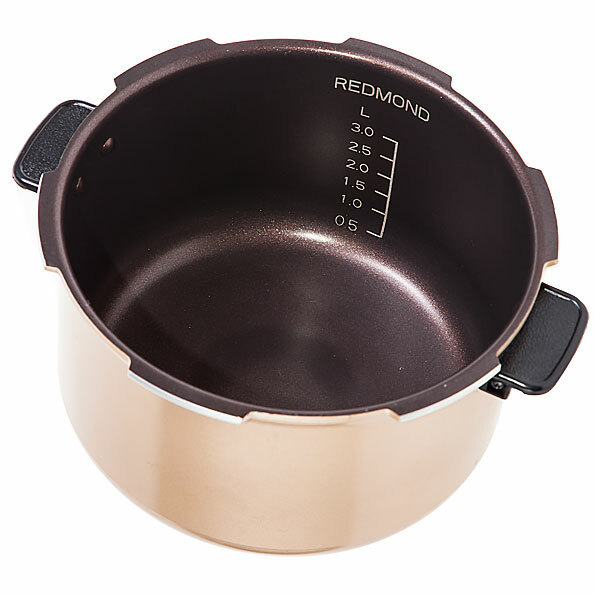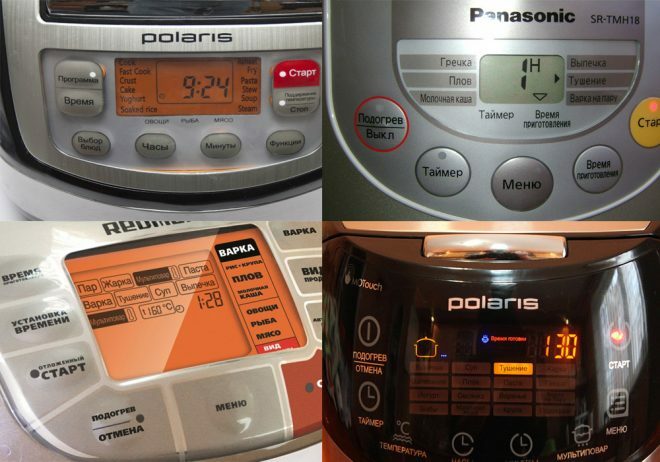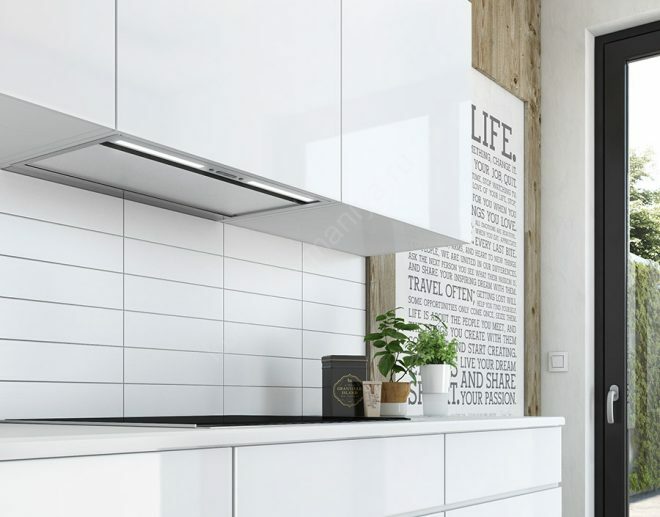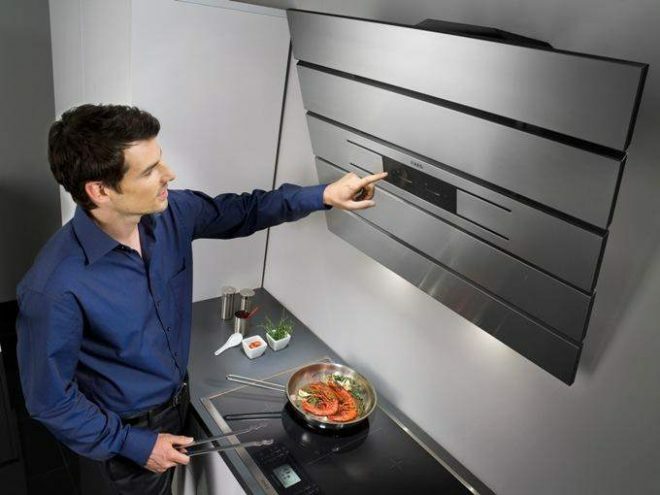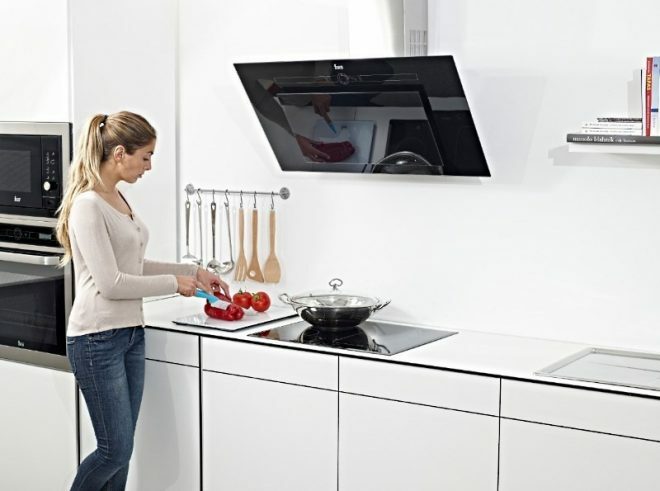The multicooker is a piece of household appliances that appeared on shop windows quite recently, but has already gained recognition and settled in the kitchens of housewives around the world. Now the multicooker-pressure cooker is becoming more and more popular. This is a special "smart" saucepan with a microprocessor, heating element and temperature sensor.
Some people mistakenly believe that things like a slow cooker, a double boiler, a pressure cooker are only suitable for those who do not know how or do not like to cook. This opinion is fundamentally wrong, because this unit will become your best housekeeper, because it knows many recipes, copes with any dish simply and quickly.
In this article, we will talk about what multicooker is, and how they differ, as well as how to choose the right multicooker for your home.
Attention! Earned on our website kitchen designer. You can familiarize yourself with it and design your dream kitchen for free! May also come in handy wardrobes designer.
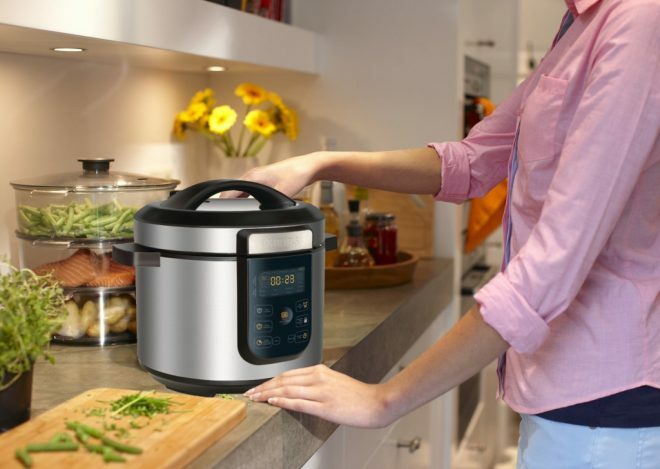
What is a multicooker-pressure cooker
In fact, a pressure cooker is the same multicooker, only improved and supplemented with a couple of interesting functions that make life easier. Of the main design improvements:
- high efficiency and speed of work;
- silicone or rubber gasket for tight fit of the lid to the body;
- clamps for even more secure fixation;
- valves to achieve and maintain the optimum pressure level inside the pan;
- maximum operational safety.
The principle of operation of the pressure cooker is simple. Steam pressure is generated inside the bowl. Induction heater and multilayer steel structure keep temperature and pressure level. Due to the high pressure, the boiling point of water rises to 120 ° C, therefore, food is cooked much faster.
What is a multicooker with a pressure cooker function for?
The functionality of a pressure cooker is not very different from a multi-cooker. With the help of both, you can cook soups and cereals, fry and stew vegetables, poultry, meat, fish, as well as bake sweet desserts. The main advantage lies in the amount of time spent on cooking. For example, beets can be cooked in just 10 minutes, and the soup will be ready in half an hour.
Thus, the time it takes for food to cook in a pressure cooker approaches that when cooking occurs using a conventional stove. The essential difference is that you have to constantly monitor the stove, stir and turn the food, and in the pressure cooker just needs to put all the necessary ingredients, close the lid, press a button and go to work by their own affairs.
Selection options
The choice of a multicooker is not the easiest thing, since there are already many offers on the market, various models, types of multicooker, in which it is easy to get confused. To know how to choose a multicooker, you need to pay attention to the descriptions of household appliances and people's feedback on the operation of the purchased devices.
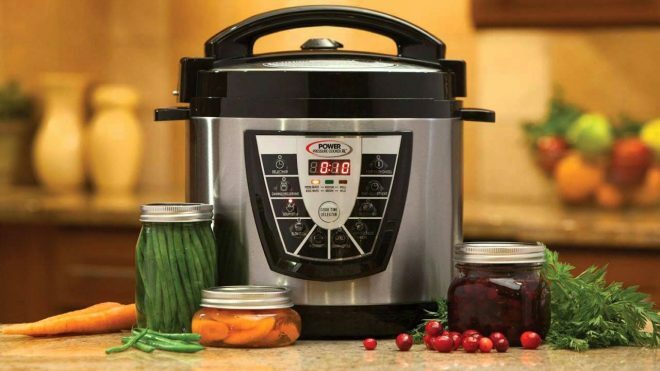
Unit power
The primary parameter is the power indicator of the multicooker. The higher the number, the faster the food will cook. The price of the device directly depends on the power. Inexpensive models have an indicator of about 800 watts, more expensive options start at 1000 watts.
Pan material
Modern models of multicooker-pressure cooker-steamer are made of the following materials:
- Aluminum.
Food in such a saucepan heats up quickly and evenly due to the properties of the metal. This option is lightweight and inexpensive. The main disadvantage is that the food acids and salt contained in the ingredients interact with the surface, destroying the oxide film. Aluminum salts that are harmful to health enter food, poisoning it. This problem can be solved by purchasing a Teflon-lined pressure cooker.
- Stainless steel.
Buying such a bowl is the most popular option. There are reasons for this: good appearance, lack of reaction to interaction with salts and acids, resistance to rust and a long service life. It is also easy to clean from dirt, and the material does not absorb odors. A stainless steel bowl can heat food for a long time and unevenly, therefore, a special element is installed on the bottom of some models that eliminates this problem.
- Ceramic coating.
Eco-friendly and completely harmless, capable of withstanding high temperatures (up to 450 ° C). At the same time, it is impossible to leave scratches on the surface, and no harmful substances are released during the cooking process. A significant drawback is the fragility, which is present in cheaper models. A bowl for a small price will not last you more than a year, so it will be more practical to buy a more expensive pressure cooker, but be sure of its reliability.
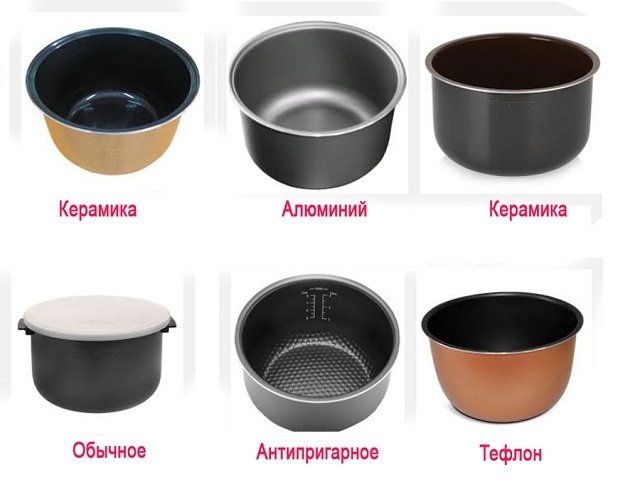
Bowl gasket
For the manufacture of this element, only high-quality heat-resistant materials are used:
- Rubber. Low price, ease of use and maintenance, impermeability and elasticity - these are the main advantages of rubber gaskets. The disadvantage that negates all of the above is the short service life. Therefore, rubber is not the most salable material.
- Silicone. In comparison with rubber competitors, the long operating time is good news. They are also stronger, more flexible, more environmentally friendly, and react more calmly to harsh cleaning agents.
Pot volume
The main task is to determine the size and capacity of the bowl (varies from 2 to 10 liters). It is important to understand that the total volume of the bowl is larger than the working one. When choosing the right size, rely on the number of members in your household.
- 1 person - 2-2.5 liters are suitable for a dish that can be split over several days;
- 2 people - about 3 liters;
- 3-4 people - up to 5 liters;
- 4 or more people - 6-10 liters will allow you to cook both small and large amounts of food.
Cover type
The way to open and close the lid is varied and depends on the particular pressure cooker model. There are special latches that press the cover from the outside and fix it securely. There are models where fixation is carried out from the inside. There is no option here that would appear objectively better or worse than others. The choice in this case is only yours - be guided based on personal preferences.
Valve location
Most models have two valves. One is the main, the other is spare. Both are designed to release excess steam. The best solution would be to choose a pressure cooker where the valves are installed in a horizontal plane and directed in different directions. The valve pointing upwards can burn you with hot steam.
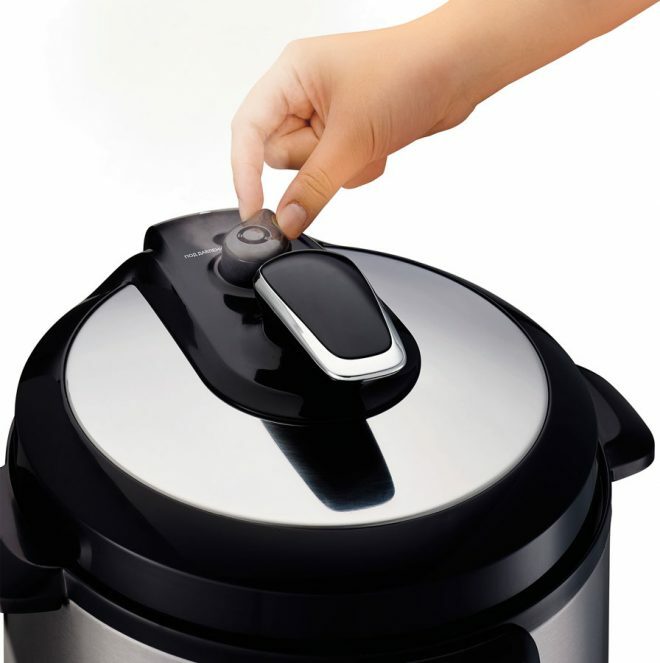
Protection and safety
The advice for any seasoned shopper is this: be sure to check for all 6 security levels:
- Cover lock. An important function that is responsible for fixing the lid during cooking. This is a guarantee of safety and allows you not to worry about the health of curious children who may start exploring an interesting pot.
- Pressure regulator. Hidden inside the device, it is engaged in adjusting the pressure level. If it exceeds 70 kPa, then the heating is turned off, and the device waits until the indicator drops below 60 kPa, then the work continues.
- Bypass valve. This system is designed to reduce pressure if the regulation suddenly fails.
- Temperature sensor. When the temperature reaches the set temperature, the sensor stops the pressure cooker. Conversely, when the temperature drops below the set one, it turns on and brings it to the desired value.
- Emergency temperature sensor. Designed to turn off the main temperature sensor if it turns out to be faulty. The maximum permissible indicator is 145 ° C, when it is reached, a shutdown occurs.
- Springs. 3 springs are installed at the bottom of the pressure cooker in order to abruptly release the pressure in an emergency. The safety valve will provide a bleed, the system will return to normal.
Number of modes
Most multicookers have 5 to 20 programs, basically, this number is reduced to 10. Obviously, the more programs are installed in the device's memory, the more expensive it will cost. Before buying a pressure cooker, think carefully about which programs you need and which ones you will actually use. It will be a shame to overpay money for something that will never be applied. Here is a list of the basic programs you really need:
- Porridge. Cereals are cooked in milk or water. In automatic mode, the temperature is changed so as to first bring the liquid to a boil, and then simmer. The settings can also be changed by making them individual.
- Pilaf. Provides not only cooking, but also frying the ingredients at the final stage of cooking. It turns out not only excellent pilaf, but also potatoes, as well as naval pasta.
- Quenching. A universal program with which you will equally well get soup, vegetables, stews, jellied meat, tender and aromatic meat in large pieces.
- Bakery products. Prepares not only pies, muffins, biscuits, but also pizza, omelet, poultry, fish.
- Frying. With the lid open, prepare fish and vegetable dishes, as well as great meat steaks and steaks.
- Steam cooking. Manty, fish, meat and steamed vegetables - all this is possible with this function. It is also used to warm up food.
- Soup. A program for creating common soups, broths, pureed soups and compotes.
The best multicooker pressure cookers
Now that you know what the right pressure cooker should be like, you are most likely asking the question: "Which multicooker is better to buy?" In the stores of household appliances in Moscow and other large cities, there are many models. Here are the most popular and reasonably good brands in terms of price-quality ratio:
- Redmond;
- Panasonic;
- Moulinex;
- Brand;
- Vitesse.
average rating 0 / 5. Number of ratings: 0
No ratings yet. Be the first to rate.
